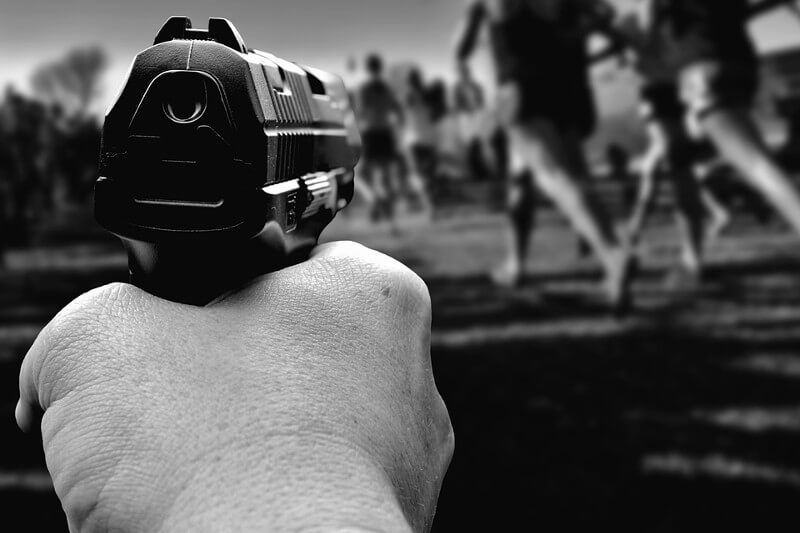Key Points
- A new study by NYU Tandon School of Engineering finds that mass shooters who seek fame carefully plan their attacks as “surprises” to set them apart from previous incidents.
- Fame-seeking mass shooters plan their attacks around the novelty of the location and targets, and this deviation from historical precedent boosts their fame.
- Preventative strategies like strong red flag laws and responsible media coverage can help stop these atrocities.
In a groundbreaking study from NYU Tandon School of Engineering, researchers have found that mass shooters who seek fame often plan their attacks as “surprises” in a way that sets them apart from previous incidents. This makes it challenging to prevent them from happening. Maurizio Porfiri, NYU Tandon Institute Professor and Director of the Center for Urban Science and Progress, led a team of researchers who collected and analyzed data from 189 mass shootings between 1966 and 2021.
The study found that fame seekers plan their crimes around the novelty of the location and targets, which boosts their fame. The researchers found that this type of deviation from historical precedent makes their attacks about three times more surprising than those from non-fame-seekers. Interestingly, this surprising factor, not lethality, was the primary contributor to mass shooters’ fame, according to the study.
The researchers used a metric called “surprisal” to measure how much an attack deviated from preceding mass shootings in terms of the location and targets chosen. It is a mathematical concept borrowed from the field of information theory, a key engineering area that has a wide range of applications from cryptography to statistical inference, urban science, and robotics. The researchers found that eight out of the ten most famous mass shootings were perpetrated by fame-seekers.
To assess fame, the researchers relied on Wikipedia traffic data for pages related to each incident, which indicates how much the public searches for information about the event. It is essential to note that the fame-seeking status of the shooters is established by their own documented comments about desiring fame from their acts.
This new insight adds urgency to two important preventative strategies: red flag laws and how the media covers these atrocities. Red flag laws are crucial to prevent that sort of crime because fame seekers frequently make their intentions known prior to acting. Additionally, reducing details in media coverage of mass shootings could play a role in reducing fame-seeking attacks. However, additional research would be needed to confirm optimal reporting strategies.
The researchers hope that this study will help lawmakers and media outlets take measures to prevent mass shootings and the glorification of mass shooters.
As the director of CUSP, Porfiri advances the Center’s focus on leveraging New York City as a testing ground for a wide range of solutions to enhance the quality of life for urban communities worldwide. Urban-focused research and teaching are among the seven “areas of excellence” that define NYU Tandon’s institutional priorities.


